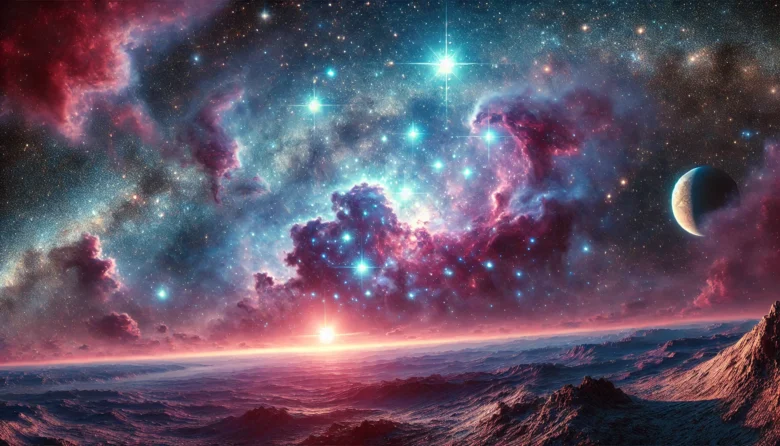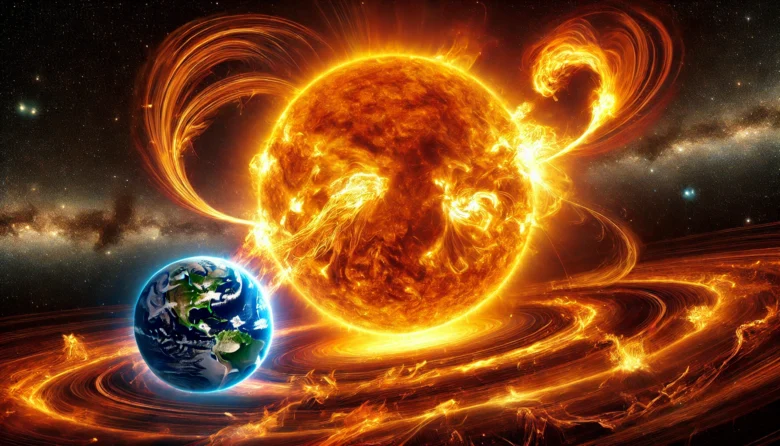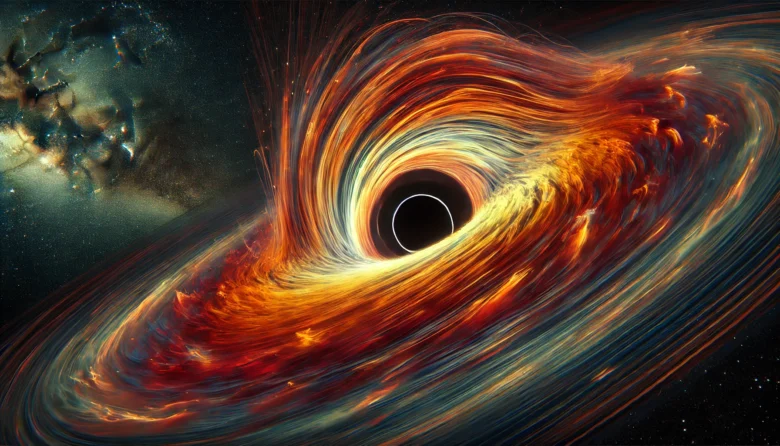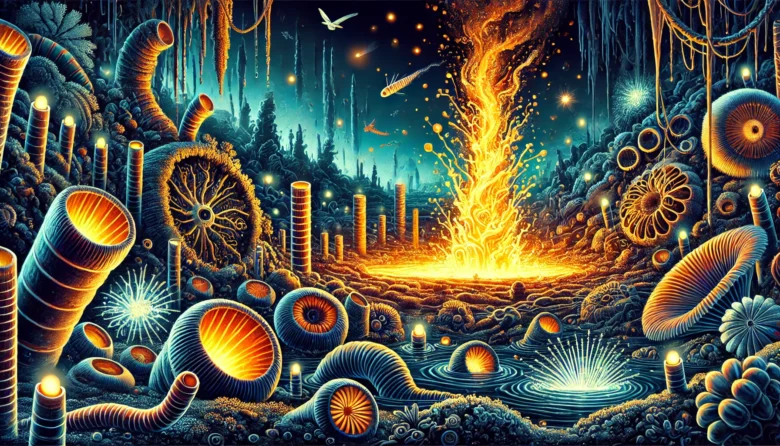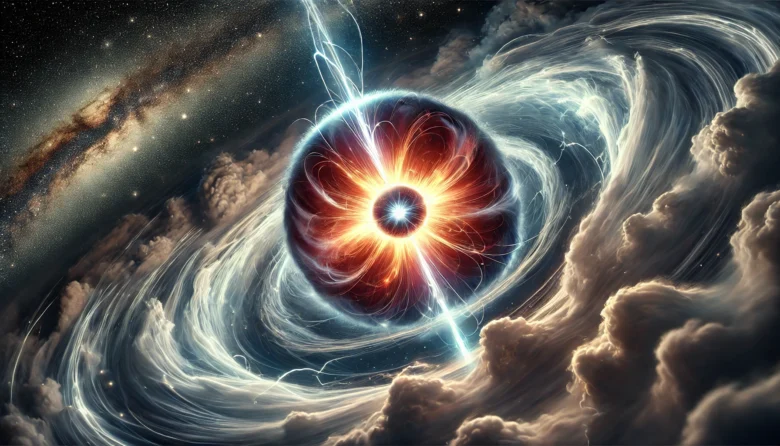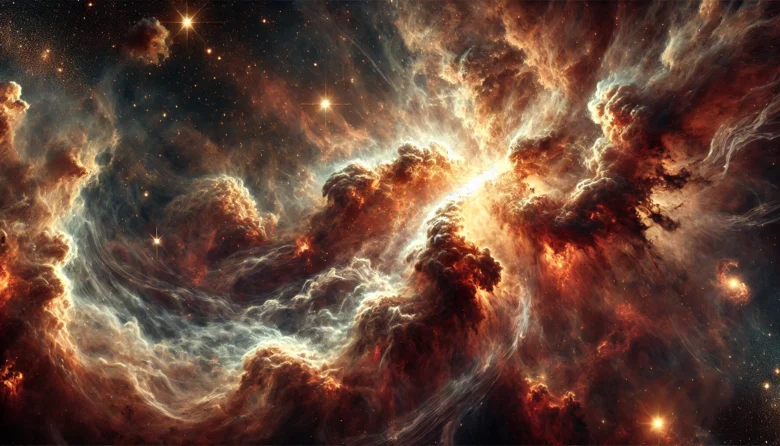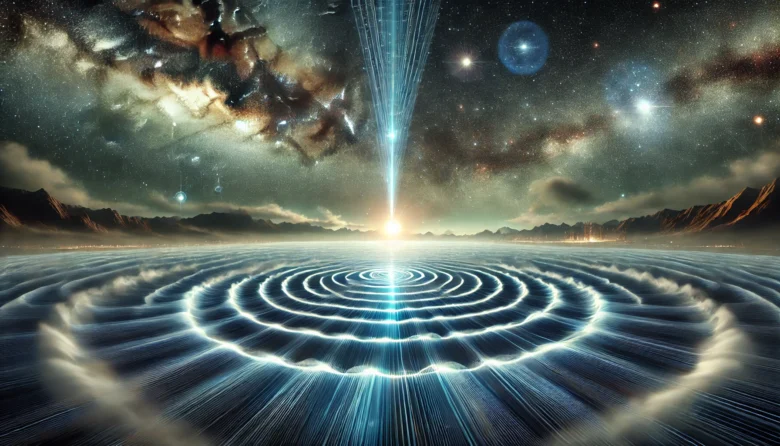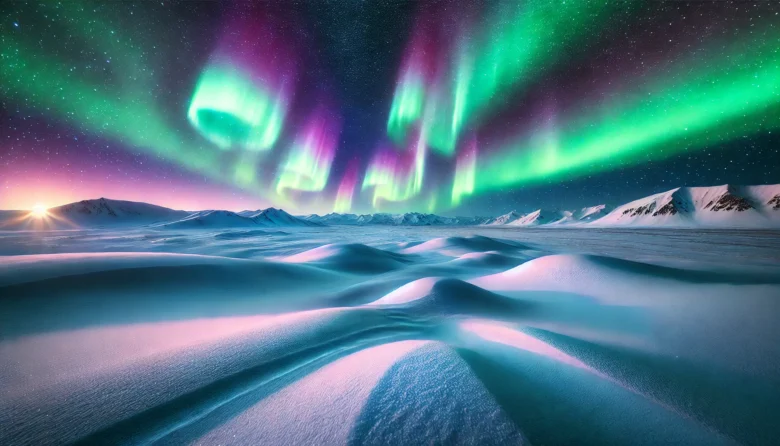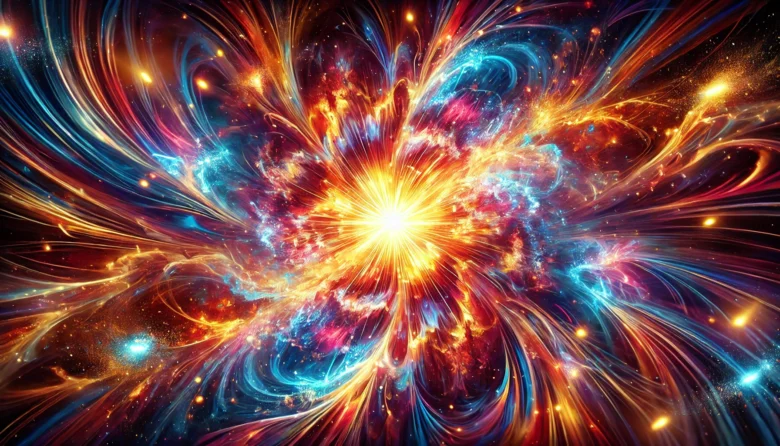Imagine looking up at the night sky and seeing not just a few stars but an entire cluster of them, shining brightly like a cosmic neighbourhood. These stellar gatherings, known as star clusters, are some of the most fascinating structures in our universe. But have you ever wondered how these clusters come to be or …
Have you ever thought about how vital the sun is in our everyday lives, providing warmth and aiding in plant growth? But did you know that the sun can also affect our planet in ways we can’t see with the naked eye? One of the most intriguing yet less understood phenomena is the impact of …
Imagine looking up at the night sky and realizing that some of those tiny twinkling stars aren’t single stars at all but pairs of stars dancing around each other. These are called binary star systems, and they’re far more common in the universe than you might think. In fact, about half of all stars are …
When you think of black holes, you might imagine them as mysterious, all-consuming voids in space, devouring anything that comes too close. While that’s true to an extent, black holes play a much more complex and vital role in the cosmos, particularly in the formation and evolution of galaxies. In this blog, we’ll explore how …
Imagine life thriving in the most unimaginable places—beneath the ice caps of Antarctica, within boiling acidic springs, or even on distant planets where conditions are far more extreme than on Earth. Welcome to the fascinating world of astrobiology, where scientists explore the possibility of life in extreme environments both on Earth and beyond. Introduction Astrobiology …
In the grand tapestry of the cosmos, few objects are as fascinating and mysterious as neutron stars. These remnants of massive stars are incredibly dense and compact, packing more mass than our Sun into a sphere just a few kilometres wide. In this blog, titled “The Structure and Function of Neutron Stars,” we will explore …
Have you ever wondered how stars, the brilliant beacons of our night sky, come into existence? The process of star formation is a complex and fascinating journey, and one of the most crucial yet often overlooked players in this cosmic dance is the magnetic field. In this blog, titled “The Role of Magnetic Fields in …
Imagine a signal from the vastness of space, lasting only a fraction of a second yet carrying the energy of a hundred million suns. Sounds like something straight out of a science fiction novel, right? But this phenomenon, known as Fast Radio Bursts (FRBs), is very real and has been puzzling astronomers since their discovery …
The night sky has always held a certain magic, but nothing quite compares to the breathtaking dance of colours known as the auroras. Whether you’re gazing at the Aurora Borealis in the northern hemisphere or the Aurora Australis in the south, these natural light shows captivate our imagination. But what exactly causes these mesmerizing displays? …
The universe, as vast and mysterious as it is, has always fascinated us. From the twinkling stars in the night sky to the complex galaxies far beyond our reach, there’s an unending curiosity about how it all began. This blog will take you on a journey through time, from the explosive birth of the universe—commonly …

